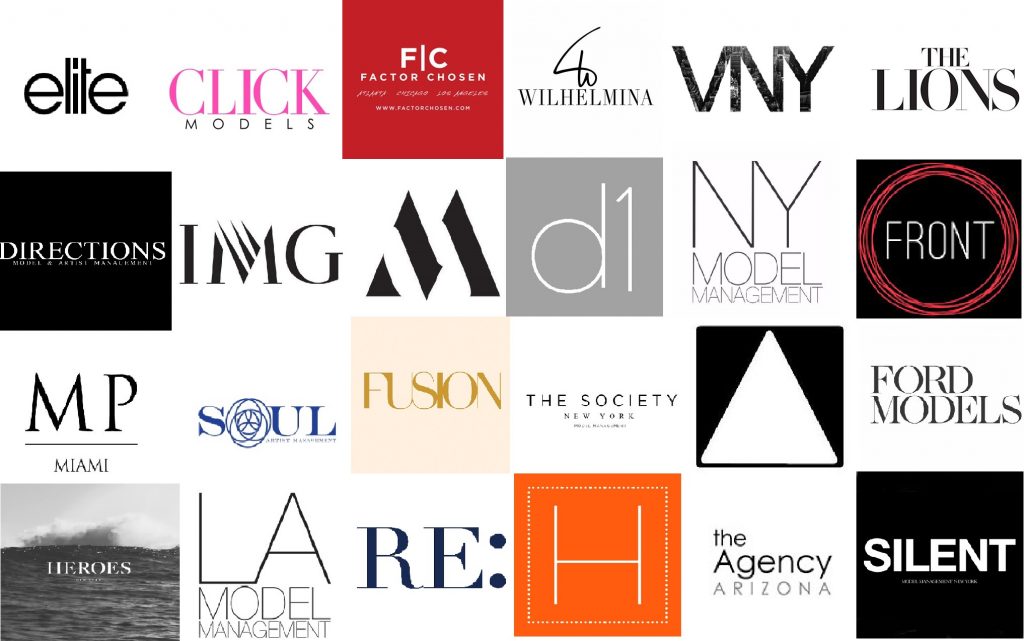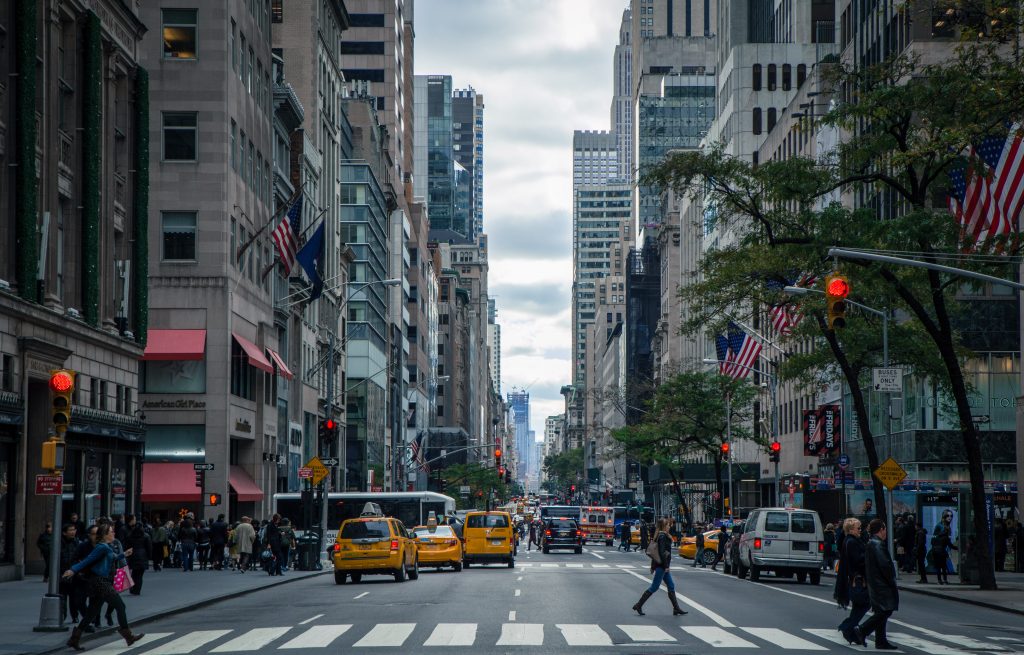Modeling Markets
What Is Editorial Modeling
Finding A Legitimate Model Agency

Are you looking for a model agency to submit to? Be aware that if you are uninformed in the modeling business, you are more likely to be taken advantage of. What may appear to be a legitimate model agency, can turn out to be nothing but a fraudulent scam.
However, FMD will show you what to look out for, and how you can determine whether an agency is legit.
HOW TO SPOT A SCAM
There are two major clues to scams or phony model agencies.
- The agent asks for money upfront or an “enrollment fee”. A true model agency only makes money when booking their models on jobs, not by signing them.
- You are required to pay for modeling classes or a portfolio in advance to be considered for representation.
HERE ARE THE KEY FACTORS TO LOOK FOR WHEN RESEARCHING MODEL AGENCIES
- Check if the business is run out of an office, rather than a residence or a PO Box and that it is located at the advertised address.
- Should the agency be open for a short period of time, get background information on the person who started the company. Were they an agent? Do other agencies work with them?
- Be cautious of anyone with a Yahoo, AOL, Gmail, or any other non-business email address.
HOW DO YOU FIND OUT THIS INFORMATION?
WEBSITES
Agency Websites: These days most agencies have websites that provide enough information to prove their credibility. How long they have been in business, their clientele list, and submission policies are just a few examples. Additionally, their models’ portfolios will give you an idea of the type of men and women that they look for. You will also see the quality of clients and photographers they work with.
Blogs and Social Media: Checking out the agencies’ blogs and other social media pages are very quick and effective ways to learn more about them and their image.
The Better Business Bureau: The reputation of a company is perhaps the most telltale sign of its legitimacy. The Better Business Bureau or the local Chamber of Commerce (for international research) is where any reported complaints against the agencies, such as fraud or mismanagement, can be found.
GO TO THE SOURCE
Approach a Department Store: Contact your nearest department stores to find out if they use models for events. If they do, ask which agencies they hire from.
Contact Model Agencies: Although most agents will be too busy to answer a slew of questions, the receptionist or office manager should be able to help you.













